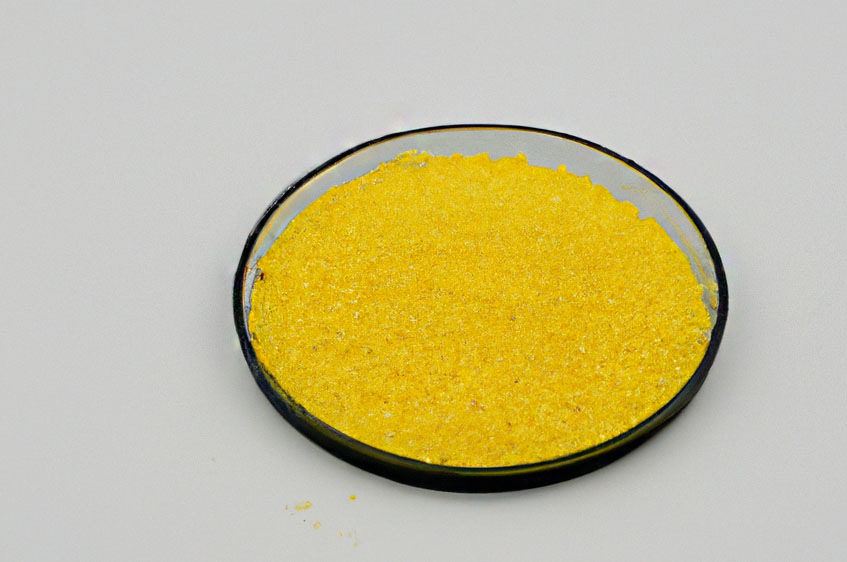In our last post, we discussed the benefits and differences of Vinylester Resin (and two other types of RESINS) and its uses in the manufacturing of structural applications such as laminated wood composites, decking, fences, and railings. In this article, we are going to discuss whether it is epoxy.
Vinylester resin is a thermoplastic resin that is often used in high-performance composites. However, it has been gaining popularity in the construction industry due to its many advantages. For instance, vinylester resin is relatively low-cost, easy to handle, and has an excellent bonding ability. Vinylester is essentially a styrene-modified epoxy resin (statistically speaking). It adds superb strength, rigidity, adhesion, water, and chemical resistance. Epoxy adheres to wood much better than polyester does. "Vinyl ester resin, or often just vinyl ester, is a resin produced by the esterification of an epoxy resin with acrylic or methacrylic acids. The "vinyl" groups refer to these ester substituents, which are prone to polymerize and thus an inhibitor is usually added." Source: Wikipedia.
The following are the significant characteristics of vinylester resin:
• Low cost
• Resistance to water and heat
• Excellent dimensional stability
• High bond strength
• It is also possible to mix vinylester resin with other resins.
Vinylester resin is mostly used in the manufacture of composite materials. It is used primarily in decking, fencing, and structural components.

Epoxies are resins that form a durable, flexible, and resilient matrix when they cure. These resins are mainly used to build bridges, buildings, and roadways. They are also used to make flooring, paints, sealants, adhesives, and fiberglass products. Because of their versatility and durability, epoxies are very common in the construction industry. There are different types of epoxy. Most of them have been developed over the years. For instance, there are alkylated epoxies, polysulfide resins, amino-functionalized resins, acrylic-based resins, and polyester-based resins. Of these, alkylated epoxies are probably the most popular ones.
As you can see, epoxies are widely used in many construction areas. They are mainly used in manufacturing. Epoxies are also used as sealants and coating agents. They can also be used as fiberglass laminates. The following are some of the common uses of epoxy resins:
• Fast-setting construction and repair materials, such as concrete, masonry, and metals
• Curing of pottery glazes and decorative paint coatings
• Stabilization of fabrics and paper
• Resistance to water penetration and salt spray
• Adhesives
• Concrete sealers, floor finishes
• Cleaning solutions

Contact: Sia Yi
Phone: +8616670717683
Tel: +8613076826106
Email: info@rxfiberglass.com
Add: Rm 909-910 Buiding B3 Biguiyuan xinggang international park Yingbing Road Huadu District Guangzhou City,Guangdong Province China.
We chat
